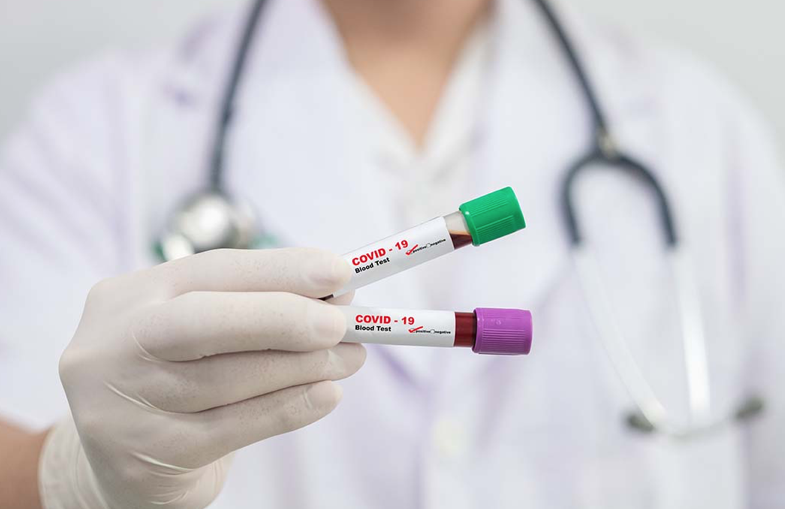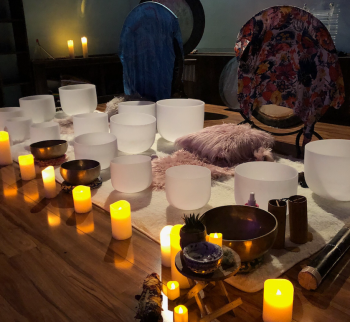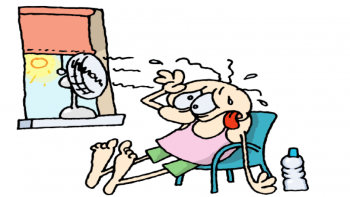CommentsWELLNESS - On the first weekend in January, Rochielle Jocson’s worst-case scenario became a reality.
After nearly two years of working on the front lines of the pandemic, Jocson, a registered nurse in San Diego, tested positive for COVID-19. Within a day, her husband, two teenage children and elderly mother, all fully vaccinated but not boosted, tested positive as well.
But Jocson’s biggest shock was yet to come. That was when she learned that, as long as she was not displaying symptoms of her infection, she might be required to return immediately to her job at Palomar Health — a COVID-positive nurse working in close contact with patients and professional colleagues.
“It’s ridiculous,” Jocson told Capital & Main in an interview Monday. “Asymptomatic patients are still infected with the virus and can still be infectious. How can we as health care workers care for others if we can’t care for ourselves?
It’s a question that administrators at hospitals and medical facilities up and down California may find themselves asking for the next three weeks. Under revised guidance issued over the weekend by the California Department of Public Health (CDPH), health workers who test positive for COVID between Jan. 8 and Feb. 1 but are asymptomatic “may return to work immediately without isolation and without [further] testing.” Similarly, health workers who’ve been exposed to the virus but are asymptomatic may resume working without any test or quarantine.
That advice runs counter to the updated guidance issued just last month by the federal Centers for Disease Control and Prevention (CDC), which said health workers who are COVID-positive should isolate for seven days and produce a negative test before returning to the job. But even the CDC’s update reduced a previously recommended isolation time, and it included wiggle room “if there are staffing shortages.”
* * *
There are, of course. Ongoing staff shortages lie at the heart of the revisions by both health agencies — and that is the rub. After decades spent slashing staff numbers in order to maximize efficiency and profit, many hospitals and health care systems find themselves unable to respond to any significant public health emergency, let alone a two-year pandemic. They need all their workers — including, apparently, the infected ones.
The CDPH’s own language makes that clear. The agency, whose guidance formerly was more in line with that of the CDC, said in announcing its revisions that the back-to-work recommendations were “due to the critical staffing shortages currently being experienced across the health care continuum because of the rise of the omicron variant.”
“They revised it not for public safety, but because of their need for health workers to continue working due to the rising cases,” said Jocson, who said she has been working six days a week to help the hospital meet staffing needs. “It’s outrageous. We put our lives on the line, but now they want us to sacrifice our health as well.”
Jocson is currently displaying symptoms and remains at home. But she said she has already been told by administrators at Palomar Health, one of two hospitals where she works, to return as soon as she has only mild symptoms or is asymptomatic. In the meantime, she said, she receives no COVID sick pay, so she is using paid time off — another incentive to go back to work.
* * *
The CDPH’s language says workers “may” return immediately if they’re asymptomatic, but employees and their unions know that it’s not a matter of receiving permission. Unless a COVID-positive health worker is struggling with symptoms, the expectation is that he or she will get back on the job. The guidance covers skilled nursing facilities and acute psychiatric hospitals throughout the state as well.
“Governor (Gavin) Newsom and our state’s public health leaders are putting the needs of health care corporations before the safety of patients and workers,” said Cathy Kennedy, president of the California Nurses Association, in a statement delivered shortly after the CDPH’s announcement. (Disclosure: The CNA is a financial supporter of Capital & Main.) “We want to care for our patients and see them get better — not potentially infect them. Sending nurses and other health care workers back to work while infected is dangerous. If we get sick, who will be left to care for our patients and community?”
California’s health systems, which were largely unprepared for another COVID surge, have been quickly overwhelmed by the omicron-fueled wave of new cases. Data compiled by the Los Angeles Times showed a 59.6% increase in COVID-related hospitalizations in the seven-day period that ended Jan. 10, and intensive care unit admissions went up 41.6% in that same span.
That reality is not lost on the CDPH, which in its revised guidance called omicron “extremely more contagious than the delta variant.” Accordingly, the department said that positive but asymptomatic health care workers should wear N95 respirators rather than standard hospital masks. Beyond that, though, those employees are greenlighted to go back to work while infected with the virus.
“Allowing employers to bring back workers who may still be infectious is one of the worst ideas I have heard during this pandemic, and that’s really saying something,” said Bob Schoonover, president of SEIU California, whose members include health care workers, in a statement over the weekend. (Disclosure: SEIU California is a financial supporter of Capital & Main.) For at least the next three weeks, though, that is exactly what’s going to happen, as California’s longstanding hospital staffing issues once again compound a problem that is already challenging enough.
(Mark Kreidler is a California-based writer and broadcaster, and the author of three books, including Four Days to Glory. This article was featured in Capital & Main.)
























